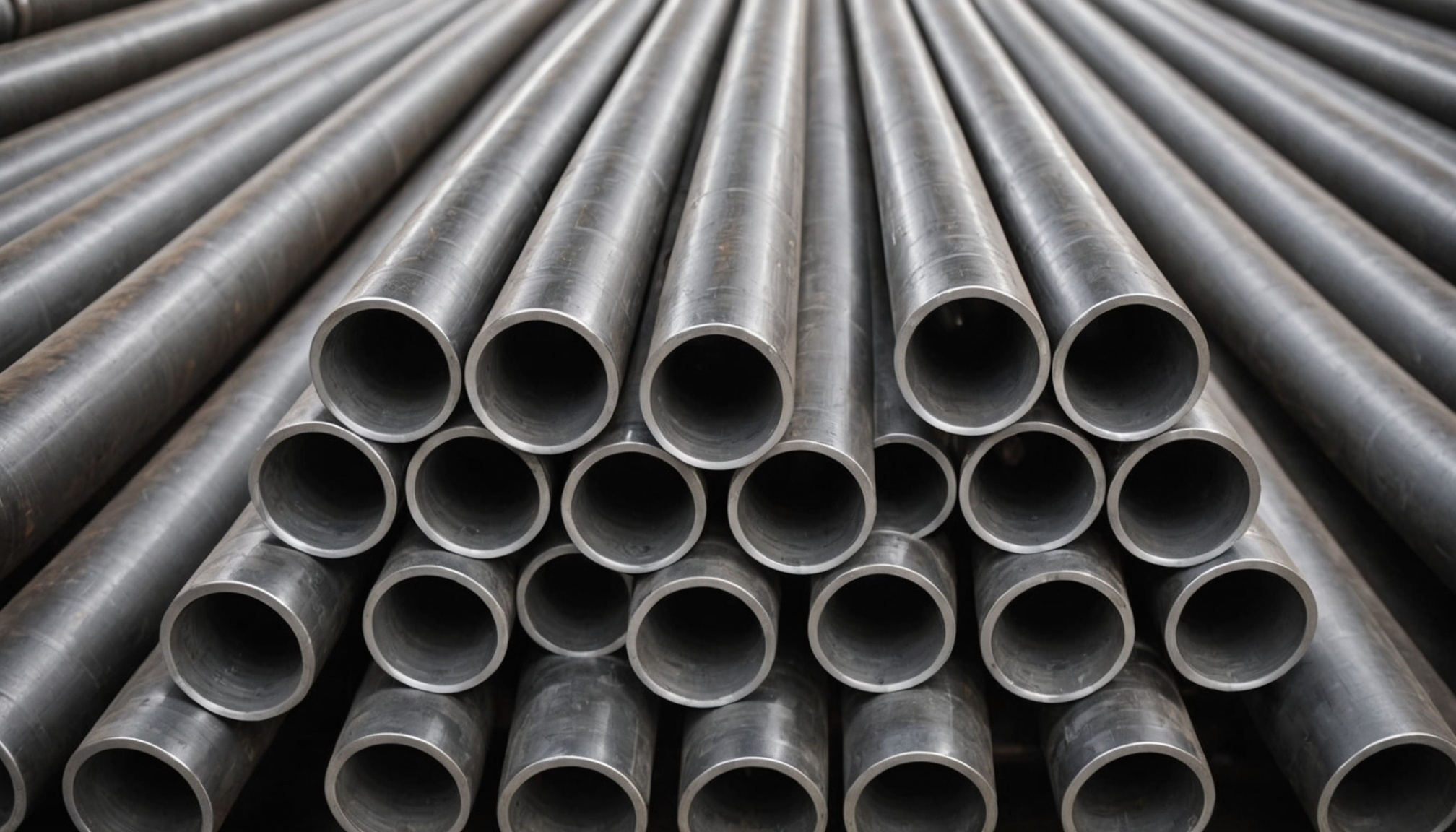Seamless steel tube joining: elevating industry standards

Seamless steel tube joining methods have become a benchmark for quality and efficiency across industries. Various techniques, from welding to brazing, each offer distinct advantages and potential drawbacks. Understanding these methods not only elevates manufacturing standards but also enhances project safety and reliability. This exploration of seamless tube joining illuminates key processes and best practices that drive innovation and performance in critical applications, meeting the demands of an evolving market.
Seamless Steel Tube Joining Techniques
Seamless steel tube joining methods are critical in industries demanding durability, precision, and reliability. When exploring advanced technologies and methodologies, it is vital to consider seamless steel tube joining as a solution that supports structural integrity. This approach offers multiple benefits over alternative joining techniques, notably in high-pressure and demanding environments where failure is not an option.
Lire également : What Role Does Consumer Psychology Play in Packaging Design for UK Health Products?
Key Welding Techniques for Seamless Tubes
Several welding techniques are employed to join seamless steel tubes effectively, each offering distinct advantages. Methods like gas tungsten arc welding (GTAW) are favored for their precision and ability to maintain the tube's structural strength. On the other hand, shielded metal arc welding (SMAW) is widely used due to its versatility and cost-efficiency. Selecting the right welding rod compatible with the tube's material is essential for ensuring seamless joins that resist corrosion and external stresses.
Best Practices in Assembly Processes
To optimize seamless tube assembly, strict adherence to quality control protocols is necessary. This includes the thorough inspection of joint geometries, ensuring alignment and proper sealing. Incorporating advanced tools and technologies can streamline the process, significantly reducing assembly time while enhancing long-term performance.
Sujet a lire : How to Leverage Big Data Analytics for Competitive Advantage in UK Retail Banking?
Benefits and Applications of Seamless Tube Connections
H3 - Advantages of Seamless Tube Connections
Seamless tube connections offer numerous benefits, particularly their enhanced durability and structural integrity. Unlike welded joints, they are free of weak points caused by seams, making them ideal for high-stress environments. Moreover, the corrosion resistance in seamless tubes ensures longevity, especially in harsh conditions like chemical or marine applications.
Their efficiency in assembly and reduced need for welding equipment also make them a cost-effective choice. This minimizes downtime during installation and maintenance, improving overall productivity.
H3 - Key Applications in Various Industries
The applications of seamless steel tubes in construction are vast. They provide unparalleled support in architectural frameworks and are pivotal in skyscraper and bridge construction. Their hydraulic applications make them indispensable in manufacturing machines, energy pipelines, and industrial plants.
Additionally, seamless steel configurations for automotive applications are critical for components like axles and chassis due to their lightweight yet robust nature, ensuring vehicle performance and safety.
H3 - Importance of Structural Integrity in Seamless Joins
The structural integrity of seamless joins ensures reliability under heavy loads or fluctuating pressures. This capability is vital in sectors like oil and gas, where safety and strength are non-negotiable. Effective design considerations further optimize lifecycle performance.
Efficient Joining Processes and Quality Control
Streamlining Joining Processes for Enhanced Efficiency
Efficient joining processes for steel tubes are critical to achieving seamless, durable, and high-performance connections. Techniques such as fluid-tight welding methods, precise alignment practices, and advanced seamless tube assembly processes enhance operational efficiency. Incorporating innovative technologies optimizes joint efficiency in seamless pipes, particularly for applications requiring structural integrity of seamless joins under high pressure or mechanical stress. Tools like automated positioning and specialized welding rods for steel tubes ensure quicker fabrication, cutting down on production times without sacrificing quality.
Implementing Quality Control Measures
Quality control in tube joining begins with thorough inspections. Techniques such as seamless tube joint inspection methods, ultrasonic testing, and pressure tests ensure the durability of seamless steel joins. Rigorous adherence to seamless steel tube manufacturing standards guarantees reliability, helping prevent premature joint failures. Regular inspections specifically focus on corrosion resistance and surface integrity, both vital for applications in high-stress environments.
Selecting the Right Materials for Seamless Joining
Material selection for seamless joining plays a pivotal role in an effective process. For instance, using corrosion-resistant alloys or high-tensile steels supports seamless tube hydraulic applications and industrial setups. Properly chosen materials reduce risks tied to joint failures, extending the lifecycle of the assembly.
Future Trends and Innovations in Seamless Steel Tube Joining
Emerging Trends in Seamless Tube Joining Technologies
The seamless tube industry trends indicate significant advancements in joining methods, particularly for small diameter seamless tubes. Cutting-edge technologies like laser welding and friction stir welding are revolutionizing the way seamless tube connections are achieved, ensuring superior structural integrity. These methods, compared to traditional welding, offer enhanced precision and reduced chances of joint failure. Furthermore, the adoption of intelligent inspection systems for seamless tube joint optimization is becoming increasingly prevalent, ensuring durability and reliability in long-term applications.
Innovative Approaches to Joining Techniques
The search for innovative solutions for seamless joining extends to materials engineered for corrosion resistance and compatibility with hydraulic applications. High-strength alloys and advanced coatings are being developed to optimize seamless steel tube fabrication processes. Moreover, modular components, such as seamless tube connectors, are growing in popularity due to their ability to simplify assembly and allow greater flexibility in design.
Assessing the Environmental Impact of Seamless Manufacturing
Environmental considerations are reshaping the seamless steel tube manufacturing landscape. Energy-efficient production lines and sustainable methods are being prioritized to mitigate ecological impact. These innovations not only align with stricter regulations but also cater to industries increasingly focused on sustainability, such as renewable energy.
